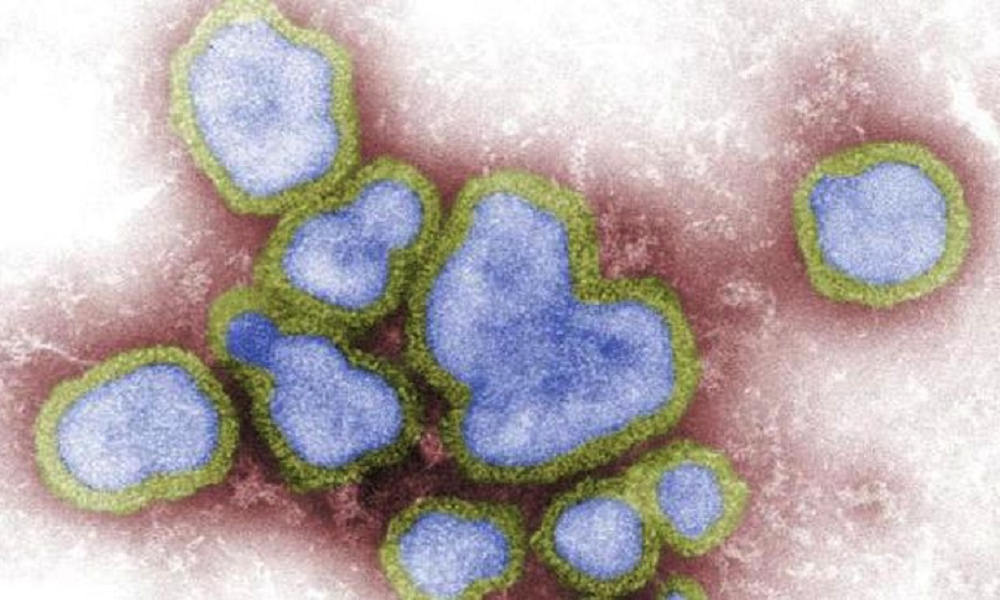World
China reports another human case of H5N6 bird flu

Another person in mainland China has fallen seriously ill after testing positive for H5N6 bird flu, raising the number of cases so far this year to 17, officials say. The spike in human cases has led to calls for increased surveillance.
The latest case is a 51-year-old woman from Nanchang in Jiangxi province who developed symptoms on February 20 after exposure to live domestic poultry, according to the Hong Kong Health Department. She was hospitalized 3 days later and remains in critical condition.
Other details about the case were not released by the Chinese government, which often takes a long time to announce new cases.
Last week, China reported that a 12-year-old girl and a 79-year-old man died of H5N6 bird flu in early December. Both lived in Liuzhou in the Guangxi region and visited a live poultry market before falling ill. It’s unknown why it took 3.5 months to report the cases.
Only 76 people have been infected with H5N6 bird flu since the first confirmed case in 2014, but the vast majority of cases were diagnosed during the past year. At least 17 cases, including five deaths, have been reported so far this year.
Click here for a list of all human cases to date.
H5N6 bird flu is known to cause severe illness in humans of all ages and has killed nearly half of those infected, according to WHO. There are no confirmed cases of human-to-human transmission but a woman who tested positive last year denied having contact with live poultry.
“The increasing trend of human infection with avian influenza virus has become an important public health issue that cannot be ignored,” researchers said in a study published by China’s Center for Disease Control in September. The study highlighted several mutations in two recent cases of H5N6 bird flu.
Thijs Kuiken, professor of comparative pathology at Erasmus University Medical Center in Rotterdam, expressed concern about the rising number of cases. “It could be that this variant is a little more infectious (to people) … or there could be more of this virus in poultry at the moment and that’s why more people are getting infected,” Kuiken told Reuters in October.
Earlier that month, the World Health Organization said the risk of human-to-human transmission remains low because H5N6 has not acquired the ability for sustained transmission between humans. However, the spokesperson added that increased surveillance was “urgently required” to better understand the rising number of human cases.

-

 Legal7 days ago
Legal7 days agoFirefighters ambushed while responding to Idaho wildfire, at least 2 killed
-

 Legal1 week ago
Legal1 week agoWashington Post journalist Thomas LeGro arrested for child porn possession
-

 World1 week ago
World1 week agoTropical Storm Barry forms in the Gulf, expected to make landfall in eastern Mexico
-

 Legal5 days ago
Legal5 days agoOvidio Guzmán, son of ‘El Chapo,’ to plead guilty in Chicago drug trafficking case
-

 US News5 days ago
US News5 days agoMassive explosions reported at fireworks site in Yolo County, California
-

 Legal4 days ago
Legal4 days agoAt least 4 injured in shooting at mall in Savannah, Georgia
-

 Health5 days ago
Health5 days agoCambodia reports 3 new human cases of H5N1 bird flu
-

 US News1 week ago
US News1 week agoU.S. ends Temporary Protected Status for Haiti, citing improved conditions



